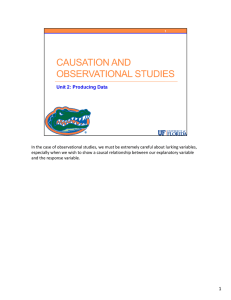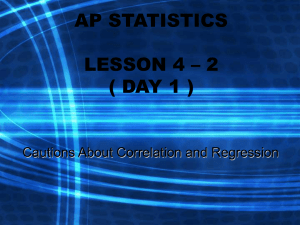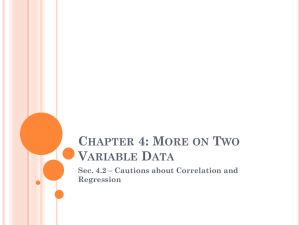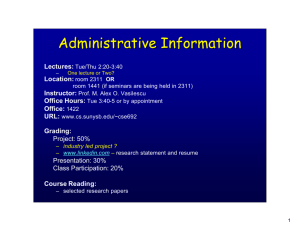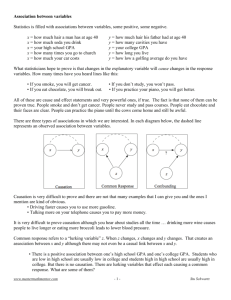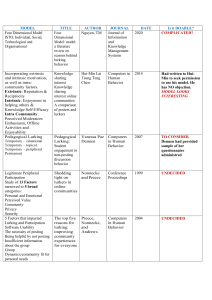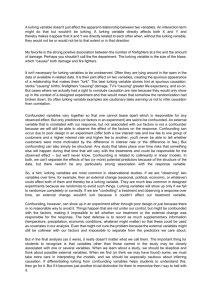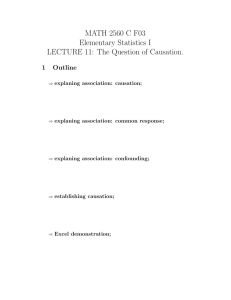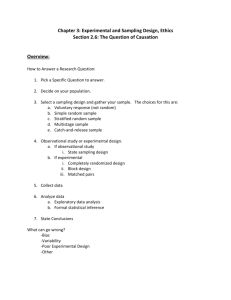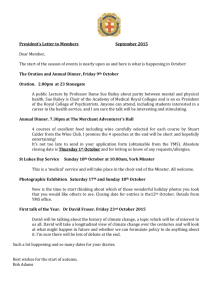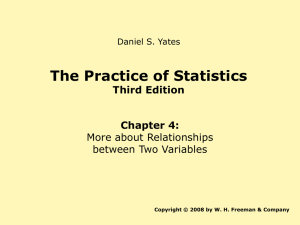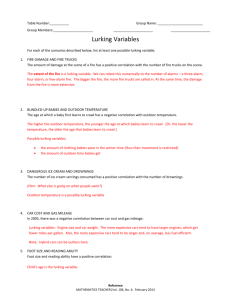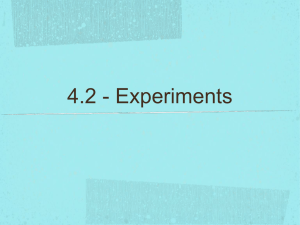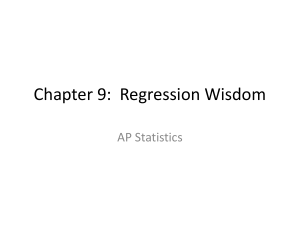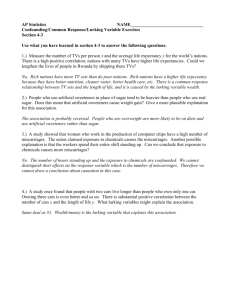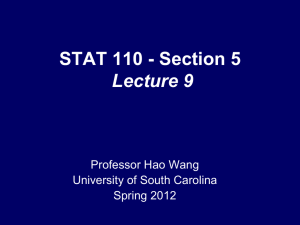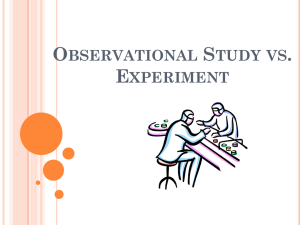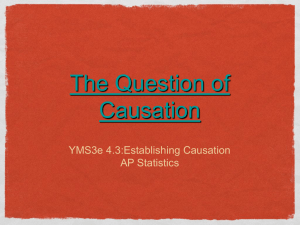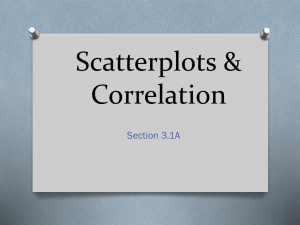Chapter 4 More on Two-Variable Data YMS 4.1
advertisement
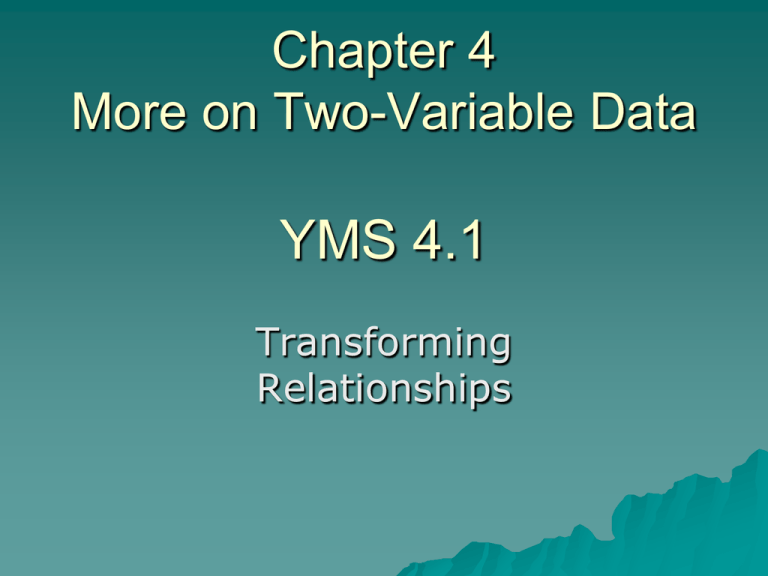
Chapter 4 More on Two-Variable Data YMS 4.1 Transforming Relationships Basics Transforming data – Changing the scale of measurement used when the data was collected Ch 4 Transforming – Choose a power or logarithmic transformation that straightens the data – Why? We know how to analyze linear relationships! Monotonic Function – f(t) moves in one direction as t increases Algebraic Properties of Logarithms logbx = y if and only if by = x Multiply/add – Log (AB) = Log A + Log B Divide/subtract – Log (A/B) = Log A – Log B Power to front – Log (x)A = A*Log x Linear Growth – Increases by a fixed amount in each equal time period Exponential – Increases by a fixed percentage of the previous total – y=abx – Plot log y vs. x – If a variable grows exponentially, its logarithm grows linearly log y = log abx log y = log a + log bx log y = log a + xlog b Power Models Ladder of Power Functions p201 y = axp Take logarithm of both sides straightens the data log y = log (axp) log y = log a + logxp log y = log a + plogx p213 #4.10-4.11 Homework: p222 #4.17 to 4.20 YMS 4.2 Cautions about Correlation and Regression Some Vocabulary Extrapolation – Predicting outside the domain of values of x used to obtain the line or curve Lurking variable – Is not among the explanatory or response variables but can influence the interpretation of relationships among those variables – Can dramatically change the conclusions Reminders! Correlation and regression only describe linear relationships and neither one is resistant! Using averaged data – Correlations based on averages are usually too high when applied to individuals p230 #4.28 and 4.31 Explaining Association Causation – May not generalize to other settings – A direct causation is rarely the complete explanation – Is established by an experiment where lurking variables are controlled x y Common Response – The observed association between x and y is explained by a lurking variable z – An association is created even though there may be no direct causal link x y z Confounding – Two variables whose effects on a response variable are undistinguishable – May be either explanatory or lurking variables p237 #4.33 to 4.37 x ? z y Establishing Causation Strength – There is a strong association between variables Consistency – Many different studies show the same results Response – Higher explanatory values produce a higher response Temporal Relationship – Alleged cause precedes the effect in time Coherence – The alleged cause is plausible/logical YMS 4.3 Relations in Categorical Data Two-Way Tables Row variable/Column variable Marginal Distributions – Found at the bottom or right margin – Are entire rows/columns over the total Conditional Distributions – Only a cell that satisfies a certain condition (given in the row/column) Simpson’s Paradox The reversal of the direction of a comparison or an association when data from several groups are combined to form a single group – Alaska Airlines vs. American West – Business vs. Law School Admissions Workshop Statistics 7-2 and 7-4

